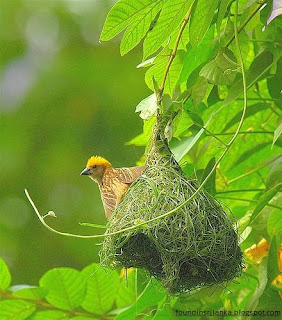It is believed that there are many small islands in the Madu Ganga. Among the 16 of these islands, the largest islands are 39 hectares, and the island is called Madu. It is believed that the name Madhu Ganga came to the place also due to Madu. Ancient literature has been introduced to the Madu River at Welithota or Welithara. This area of the Gira Sandeshaya, Prayer Sandeshaya, Mayura Sandeshaya and Sidath Sagarawa is called Welithota.
Biodiversity in the Maduru River
For a mangrove ecosystem, the Maduru Ganga is a good example. We can see the mangroves such as Beriya, Rathumilla, Kirala, and Flower Blooms. There is no endemic Rathumilla in Sri Lanka but only can see in the Madu Ganga. It can be seen in the area such as Na, Bovitiya, Waldel, Edi, Cinnamon, and Olu, Nelum, and Kekatiya.
Today, around 18 mammal species live in the Madu Ganga. Among the mammals are Purple-faced langur, Bats, Otters, Jackals, Fishing Cats, Porcupine. Reptiles and amphibians are also seen. It has been revealed that 28 species of reptiles and 13 amphibians are studied in the study of the World Conservation Union. It is also found that 60 species of butterflies, a variety of aquatic scales and about 50 brood and freshwater fish are also found. The Maduru Ganga Ecosystem is also known as the Malu Paradise. Today, About 100 species of bird species can be found in the Madu Ganga.
Madu Ganga is a popular place among local and foreign tourists. Boat trip facilities are available for the tourists. Another thing is fish therapy. It is also a special thing in the Madu Gaga. Spending time by day in the aesthetics of nature I do not know how to describe it. It's quite a folk experience.
















